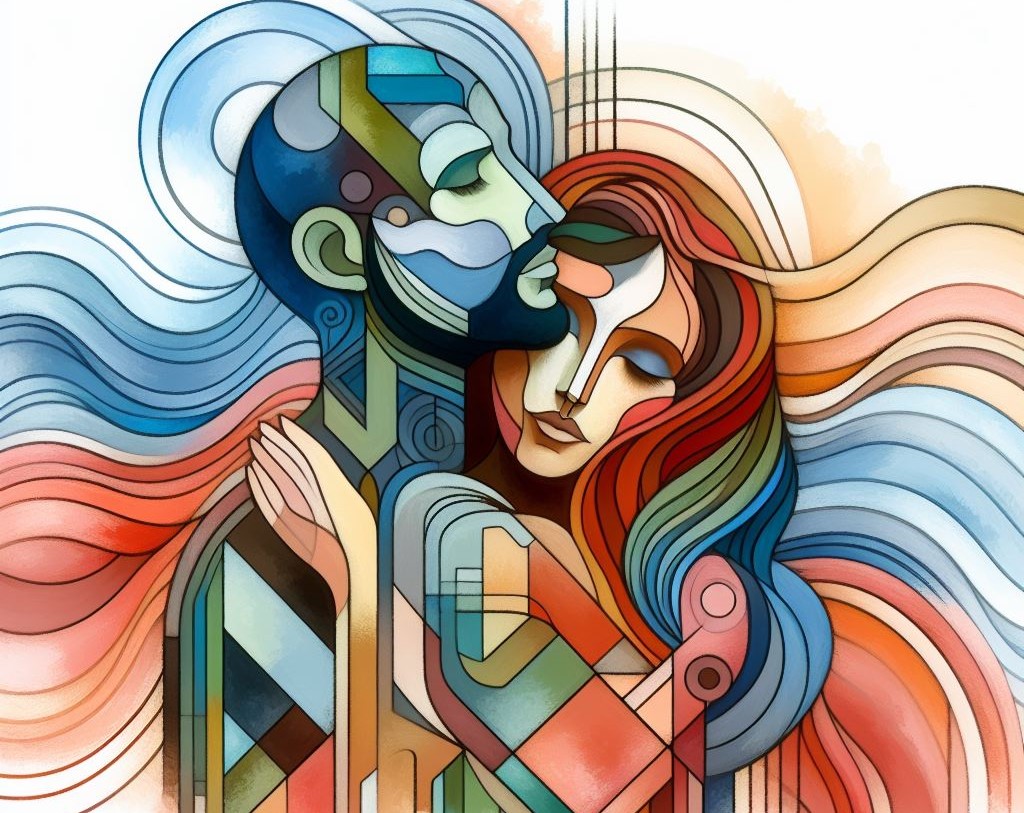There are stark differences between men and women, but do these differences solely stem from our biological makeup, or is there more to it?
Masculinity and femininity are manifestations of distinct spiritual energies – Recognized as the divine masculine energy and the divine feminine energy.
Masculine and feminine energies are not just a core part of all life – But of all existence itself. From planets to the universe, to spirits and deities. These two principal energies compose all things within this universe and beyond.
Here I’m going to explain what these two distinct, but complementary spiritual energies are, and how they work within the wider context of spirituality.
What are masculine and feminine energies?
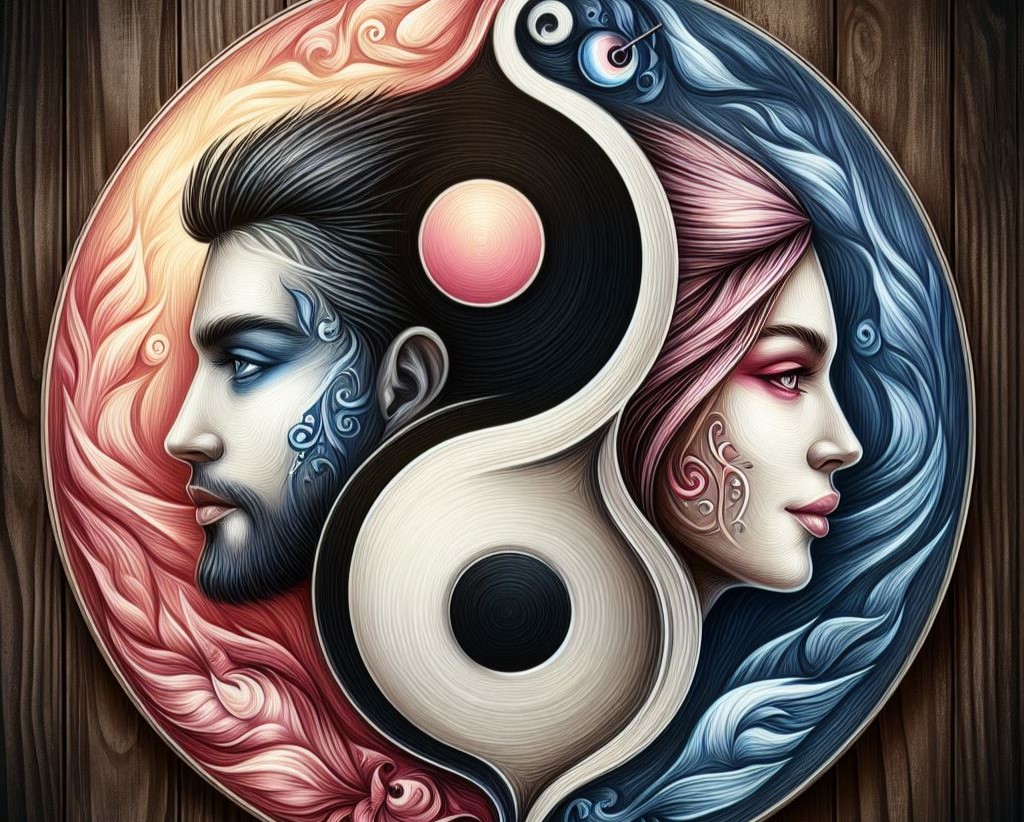
The existence of distinct masculine and feminine energies has been recognized in every culture and religion, spanning human history.
These distinct but complementary energies are represented in many religions such as Hinduism, Buddhism, and Taoism. Within spirituality at large, they are recognized as separate, but complementary energies that compose all creation.
Essentially, the divine masculine and divine feminine energies are a mechanism for creation – Facilitated by the union of these two energies. In our universe, this mechanism translates as procreation.
The symbol of a yin-yang represents the polarity of masculine and feminine energy. This symbol depicts two opposite but symmetrical parts of the same form completing one another.
Yin energy refers to feminine energy.
Yang energy refers to masculine energy.
Neither side of the yin-yang is bigger nor smaller, neither side is superior nor inferior. They are each equally weighted, and equally valuable.
These distinct spiritual energies refer to the polarity between men and women, but everything is considered to be a manifestation of these two energies. Everything that is nurturing is a manifestation of feminine energy, while everything providing is a manifestation of masculine energy.
You can view the polarity of these energies as a part of duality. To read on about duality, click the link below:
Masculine vs Feminine energy
Each energy has a very different purpose and works in very different ways.
You can imagine the divine feminine as the calm, soothing water, while the masculine is the fierce, raging flames.
The divine masculine is the shield, the bones encasing the heart where it acts as a sanctuary for the feminine. The feminine beats and pumps, it’s the soul, the heart. Bones are cold and empty without a heart. A heart is vulnerable and exposed without bones, but they are both fundamental in creating a functional body.
Each energy has a very different function.
Masculine energy is described as outwards, external, and expansive, while feminine energy is seen as inwards, internal, and receptive. Together they mutually benefit one another, creating a beautiful synergy.
Masculine energy (yang)
- Providing
- Protective
- Controlling
- Strong
- Driven
- Active
- Assertive
- Logical
- Rational
- Structures
- Geometrical
- Analytical
- Mind-oriented
- Outward-focused
Feminine energy (yin)
- Nurturing
- Nourishing
- Emotional
- Intuitive
- Compassionate
- Passive
- Submissive
- Logical
- Receptive
- Fluid
- Organic
- Creative
- Heart-oriented
- Inward-focused
What is masculine energy?
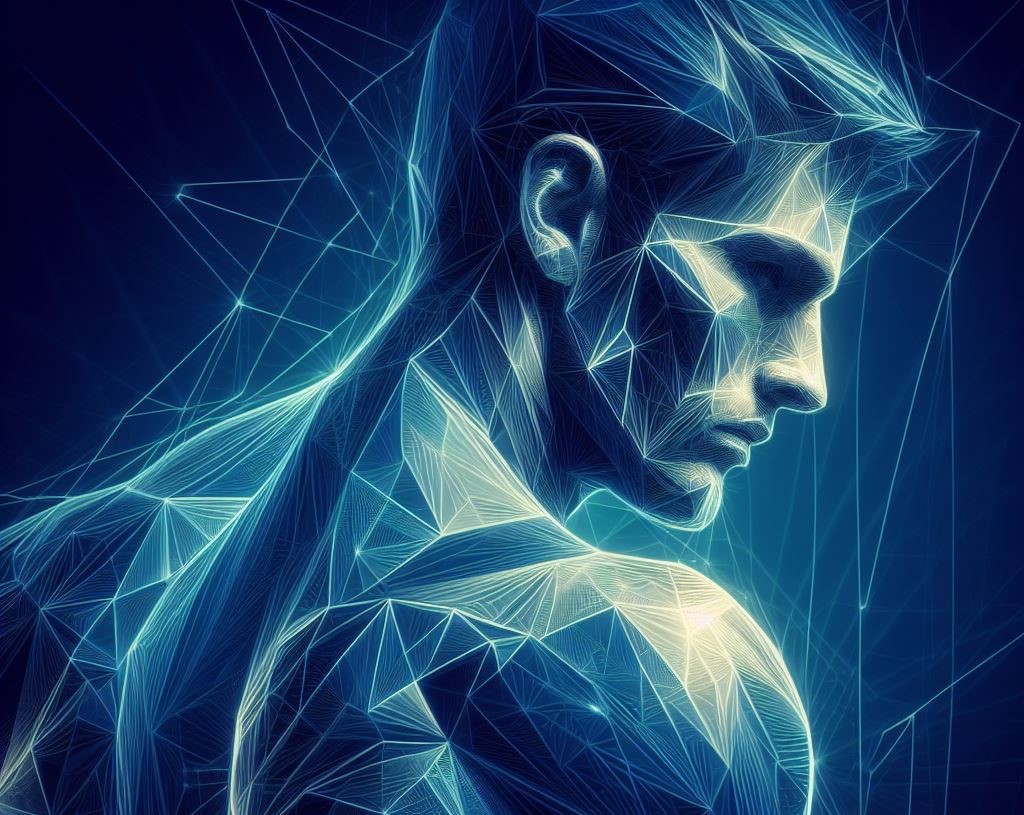
Masculine energy (or yang energy) is expansive, proactive, and protective. It’s outward-focused in nature, being self-asserting and self-propelling.
Yang energy is associated with the left hemisphere of the brain and tends to favor logic over emotion. This is why men generally tend to favor science over spirituality and reason over intuition – Because this construct aligns with the masculine archetype.
People in their masculine tend to take pride in their ability to provide and protect, and feel most in their element when doing so. They are generally assertive, outgoing, and active – in the sense of moving toward goals and planning their way toward their desires.
With that said, masculine energy isn’t restricted to particular traits or characteristics. Anything that has the spirit of giving and protecting is considered to be masculine in many cultures, spiritual doctrines, and traditions.
Examples of the divine masculine energy
The symbol for masculine energy has been a big part of our world’s culture, tradition, and history. There have been many historical and mythological figures that are seen as embodiments of the divine masculine energy.
Some icons of yang energy include:
1. Zeus (Greek Mythology): Zeus is a representation of the divine masculine energy in his role as a powerful leader, protector, and provider. He is associated with attributes such as strength, authority, and rationality. Zeus’ ability to wield thunderbolts signifies his control over natural forces – Symbolizing the commanding nature of masculine energy.
2. Shiva (Hinduism): Lord Shiva, a prominent deity in Hinduism, embodies the divine masculine energy differently. He’s depicted as the cosmic dancer and represents the nature of creation, preservation, and destruction. Shiva’s meditative and introspective aspects also portray the contemplative side of the Divine Masculine, emphasizing inner strength and self-awareness.
3. Odin (Norse Mythology): Odin, the all-father embodies wisdom, knowledge, and the quest for truth. His willingness to sacrifice an eye to gain wisdom illustrates the pursuit of deeper understanding, a characteristic of the divine masculine energy. Odin’s role as a seeker of knowledge and leader of the gods emphasizes the importance of strategic thinking and foresight.
4. Lugh (Celtic Mythology): Lugh, the Celtic deity associated with light and skill, represents the divine masculine qualities of mastery, creativity, and innovation. Lugh’s proficiency in various arts, such as music, poetry, and craftsmanship, showcases the diverse talents and creative potential of masculine energy.
5. Virabhadra (Yogic Philosophy): In yogic philosophy, Virabhadra is a representation of the divine masculine energy’s fierce and protective aspects. As the warrior archetype, Virabhadra shows strength to protect what is valued. This archetype reminds us that the divine masculine energy is not about dominance, but also about courage in the face of challenges.
What is feminine energy?
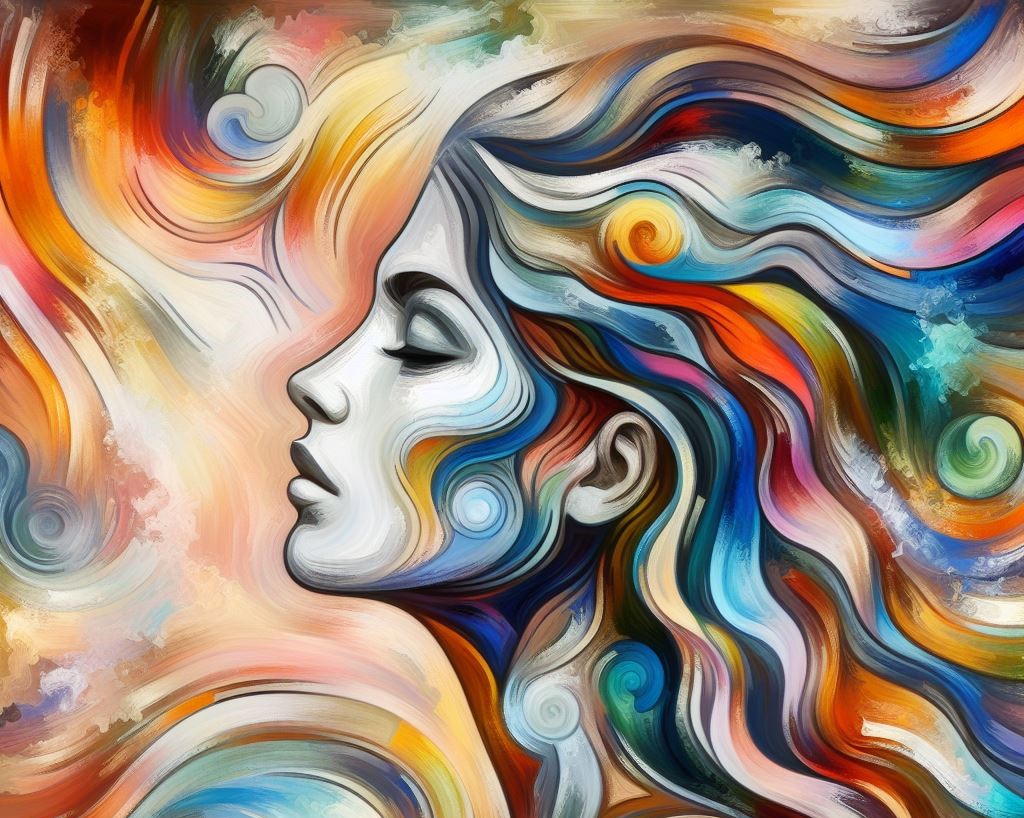
Feminine energy is a gentle and nourishing energy. Yin energy contrasts the active doing energy with a softer being energy. It’s a creative force that brings life to everything it touches.
The divine feminine is associated with the right hemisphere of the brain. It’s a creative and heart-centered energy. This is why women tend to be more compassionate, intuitive, and nurturing than men.
In the human world, you can see this energy in mothers, carers, and helpers. People who are empathetic, compassionate, and have a soft spot for the well-being of others are generally in touch with their feminine side.
When people are in their feminine element, they tend to be heart-centered and emotionally aligned. This leads to a stronger sense of intuition as people in their feminine tend to have strong emotional intelligence.
People who are in their feminine internalize their realities and become more being-centered. This often leads toward spirituality, introspection, and thoughtfulness.
Examples of the divine feminine energy
The embodiment of feminine energies in deities, goddesses, and mythological figures provides a lens through which we can understand the importance of the divine feminine.
These cultural representations demonstrate the reverence and admiration societies have held for feminine qualities throughout time.
By embracing these qualities, we honor the nurturing, intuitive, and transformative aspects that contribute to our holistic well-being.
Here are some examples of figures who represent the divine feminine.
1. Goddess Isis (Egyptian Mythology): Isis represents the Divine Feminine energy with her roles as a mother, healer, and protector. She symbolizes the life-giving aspects of femininity. Her ability to restore her husband Osiris to life and her role in guiding and protecting her son Horus emphasize her strength, resilience, and compassion.
2. Mother Mary (Christianity): Mother Mary embodies qualities of compassion, purity, and unconditional love. As the mother of Jesus Christ, she is seen as a symbol of maternal care. Her presence illustrates the tenderness and nurturing nature of the divine feminine energy.
3. Lakshmi (Hinduism): Lakshmi, the goddess of wealth and prosperity in Hinduism, represents abundance, beauty, and grace. She is celebrated for her ability to bestow blessings on those who seek her guidance. Lakshmi’s depiction as a goddess of prosperity demonstrates the nurturing qualities of the divine feminine, which creates growth and abundance in all aspects of life.
4. Quan Yin (Buddhism): Quan Yin embodies mercy, serving as a compassionate guide who hears the cries of the suffering and offers solace. Often depicted as a bodhisattva, Quan Yin’s qualities emphasize empathy, healing, and the soothing presence of the divine feminine energy.
5. Gaia (Greek Mythology): Gaia, the primal goddess of the Earth represents the life-sustaining qualities of the divine feminine. She is often depicted as the mother of all life forms, emphasizing the interconnectedness of all living beings and the vital role of the feminine in sustaining creation.
Can a person have both masculine and feminine energy?
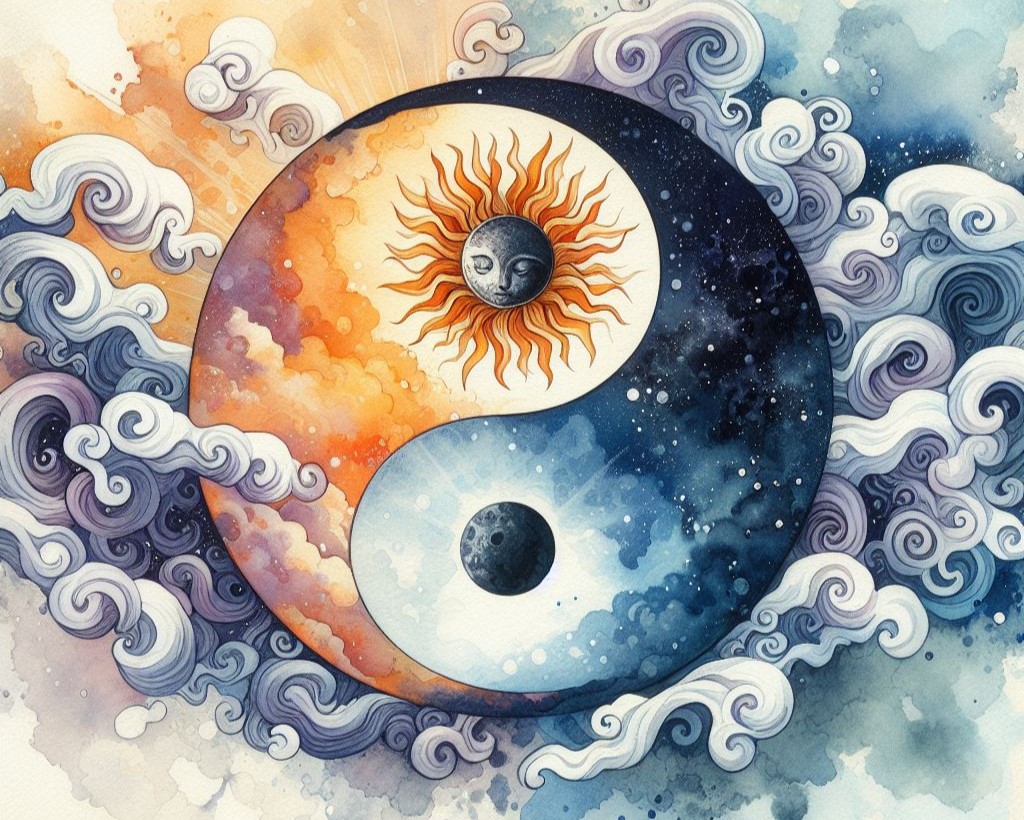
Even though masculine and feminine energies are distinct energies, every person has both masculine and feminine energy.
Men are generally more in touch with their masculine energy than feminine energy as men are the physical embodiments of masculine energy. Likewise, women generally have more feminine energy than masculine energy because women are the physical embodiments of feminine energy.
Although this is a general rule of thumb, some men are more in their feminine, and some women are more in their masculine.
Someone who is more feminine will be more in touch with the traits and characteristics aligned with this energy, and vice versa.
Although there’s nothing wrong with being more masculine than feminine, or more feminine than masculine, each person should aim for integration – Where they’re in touch with both energies to create a fulfilling whole.
Naturally, we will favor one energy over the other, but it’s important not to neglect the counterpart.

